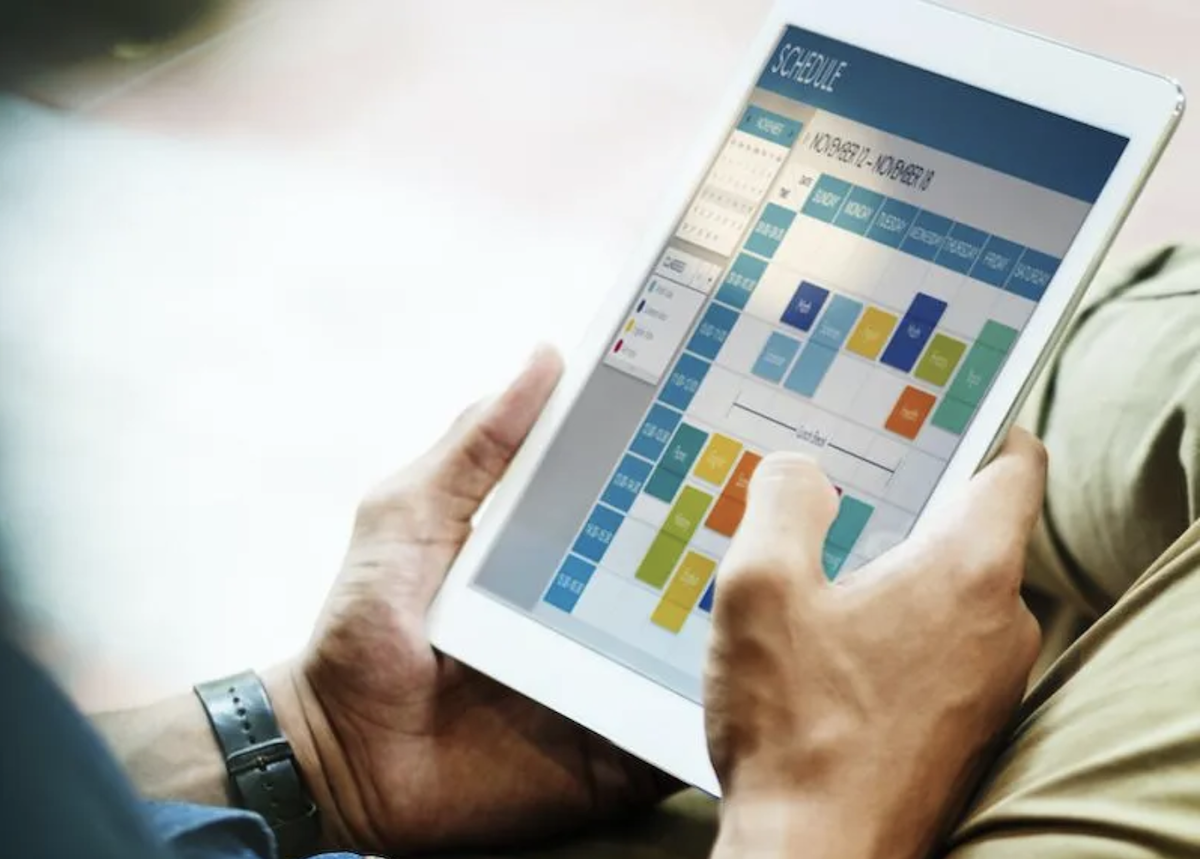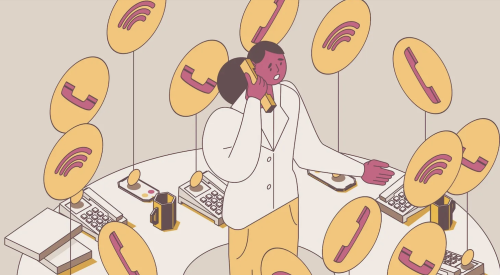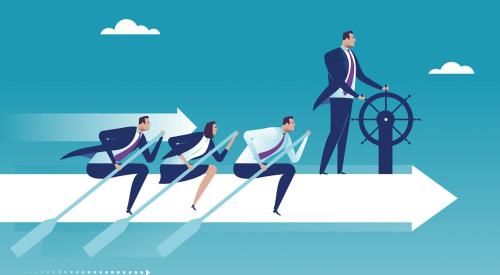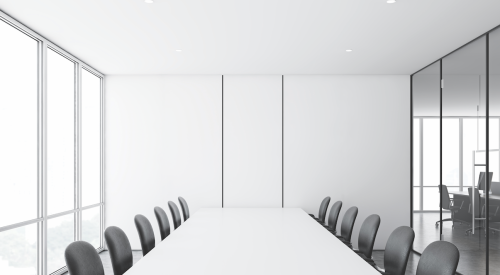The Great Recession taught many lessons, but as a VP of sales and marketing for a production builder, it taught me that sales is not a function of traffic, it’s a function of appointments.
At that time, walk-in traffic to our model homes and on-site sales offices dropped by 30% to 40%, yet our sales volume was increasing, not decreasing. Seeing this data, combined with a struggle to keep the retail hours of all the model homes fully staffed, caused us to make a permanent shift in how we approached selling homes.
So, in late 2009, we scheduled our open-house hours for Saturdays and Sundays from noon to 5 p.m. Any other time was available, but only by appointment.
This change drove more than 90% of customers to initiate interest via our online presence and sales team, with more than 70% of sales conversions from in-person appointments scheduled by that team. Sales grew by 20% or more per year until we ultimately were purchased by home builder NVR in late December of 2012.
RELATED
- No In-Person Crowds? Use Tech to Produce Virtual Events
- How Good Is Your Online Lead Follow-Up—Even in a Crisis?
- How to Communicate in a Crisis
There were other positive outcomes. Instead of sitting in empty sales centers, our sales teams had time to network with real estate agents and attend preconstruction and pre-drywall meetings and closings during the week, as needed. We stopped getting calls from upset customers standing outside of locked model homes when we were supposed to be open. It was a far better way of doing business and thriving in tough times, but other builders were (and have been since) terrified about that kind of dramatic shift—until now.
Pandemic Truth: Traffic Isn’t the Answer
The COVID-19 pandemic has reintroduced builders to the same truth I learned a decade ago: Sales is a function of appointments, not walk-in traffic. (I classify an appointment as a meaningful conversation around pricing or selections that lasts at least 15 minutes.)
Sure, sometimes walk-in traffic turns into an appointment during the prospect’s first visit, but data shows that happens less than 20% of the time. And the reason that figure is so low is often self-inflicted: the salesperson isn’t even there, while an assistant merely keeps the doors open, creating a less-than-ideal experience for customers expecting (and deserving) a high level of service.
... We're hitting our sales goals 12 days into the month. We don't need walk in traffic.
Recently, a VP of sales in Texas told me she hasn’t advertised that models reopened since the initial pandemic stay-at-home orders expired. The reason, she says, “is we now convert 50% to 65% of our model home traffic, most of which is from appointments set by our online team. If we advertised that our models are open, we’d be slammed and have to spend all of our time figuring out which buyers are ready now or need more time. Our team is more efficient, our customers get better service, and we’re hitting our sales goals 12 days into the month. We don’t need walk-in traffic.”
While I’m excited to see more builders across the country considering shifting to appointment-based selling, I think our industry can and should keep pushing forward in that regard.
New-Home Sales Get the Uber Treatment
Shifting to appointments in 2020 and beyond leverages the latest technologies. You don’t need open-house hours on the weekends anymore because with on-demand access tools, such as NterNow, UTour, or Rently, you can hold open-house hours every day without a salesperson. All of these services have security features to make sure you know who is inside your home by verifying their ID.
Using these and other tools also means 100% of on-demand traffic is registered traffic, and that data automatically goes into your CRM system, where your online sales team can nurture and service those customers until they’re ready to make an appointment with a sales professional. That team can also get less-biased feedback about consumers’ reactions post-tour, so you’ll never again need to second-guess why a home isn’t selling.
Uber drivers get to turn their availability for new rides on or off on the app, giving them control over their schedules. New-home salespeople will be able to do the same for nontraditional sales hours.
Addressing the volume of requested appointments should become easier, too. Many home builders are taking a fresh look at pod-based selling, where a sales rep who no longer is chained to a desk for open-house hours can cover three or more communities by appointment from a central location, a dynamic I call “Uberization.” Think about it: Uber drivers get to turn their availability for new rides on or off on the app, giving them control over their schedules. New-home salespeople will be able to do the same for nontraditional sales hours.
I expect larger builders will consider this model for their sales teams as well. It gives hungry, motivated salespeople the opportunity to take more evening and weekend appointments via on-demand scheduling based on their availability. It also allows really good salespeople who prefer a better work-life balance to protect their evenings without necessarily losing sales, as the appointment request would pass on to a salesperson who’s “on” and ready to pick it up.
Some Investment = Huge Payoff
Yes, these changes will require some additional investment. You’ll need more online sales team members to handle the increased volume, but this position scales more easily than any other in your business, and sales reps are (or should be) able to easily handle 150 to 200 new leads each per month.
You’ll also likely need to shift to having sales assistants do the hand-holding of buyers in backlog and under construction, thus further freeing each sales associate to sell more—consistently 80-plus homes per year.
It also means you may not need as many sales professionals on the team, allowing you to keep only your best and making sure they are properly compensated.
The payoff is worth it. You will have happier customers due to increased flexibility in touring homes and getting the service they need and want. You’ll have happier salespeople who are focused on what they do best and love most: connecting in person with qualified buyers. And, you’ll lower your sales and marketing expenses overall after the initial investment in technology.
Most importantly, you are remodeling your sales and marketing efforts to match today’s reality and tomorrow’s potential market-shifting events, like we’re experiencing now with COVID-19.
Access a PDF of this article in Pro Builder's September/October 2020 digital edition













